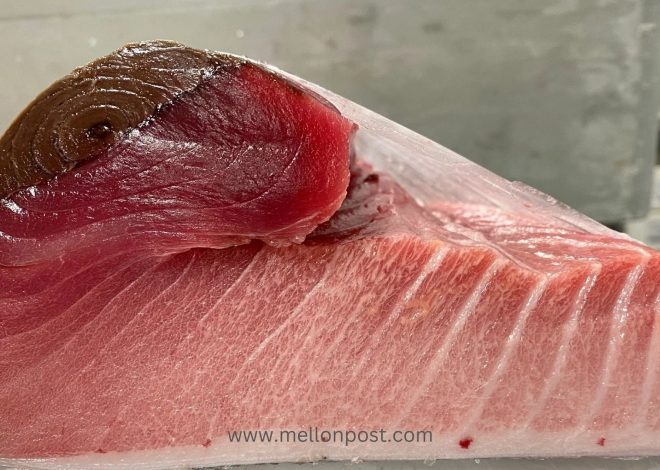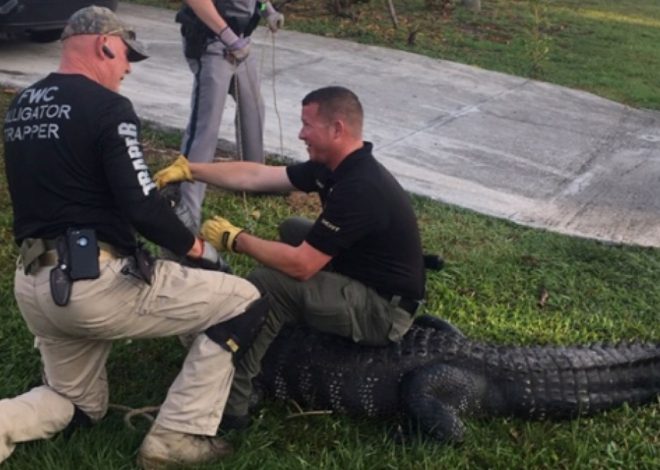
Sphynx cat
The Sphynx cat is a breed known for its hairless appearance and unique physical characteristics. It originated in Canada in the 1960s due to a genetic mutation and has since become a popular breed due to its friendly and affectionate nature.
Sphynx cats are medium-sized with a sleek, muscular body and large ears. They have a lifespan of 8-14 years and are not hypoallergenic, despite common misconceptions. While they lack fur, they still produce allergens through their skin and saliva.
Sphynx cats require high grooming needs due to their oily skin and need to be bathed regularly. They are also prone to certain health issues, such as hypertrophic cardiomyopathy (HCM), hereditary myopathy, skin conditions like urticaria pigmentosa, and periodontal disease.
When adopting a Sphynx cat, it is important to avoid breeders who do not offer health guarantees or claim their line is HCM-free. Sphynx cats are social and energetic, making them a great addition to families with children and other pets.
They are not recommended for outdoor living due to their lack of fur and susceptibility to cold temperatures. Overall, the Sphynx cat is a unique and loving breed that requires special care and attention.
Origin of the Sphynx cat breed
The Sphynx cat breed originated in Toronto, Canada in 1966 when a hairless male kitten named Prune was born to a black and white domestic shorthair queen. The breed was developed through selective breeding of hairless cats, with the first breeders facing concerns over fertility and a limited genetic pool.
The breed standard calls for a wedge-shaped head, large eyes, very large ears, well-muscled neck, medium length torso, barrel-chested, full round abdomen, thick paw pads, whiplike tail, and muscular body.
Sphynx cats are known for their lack of fur, which can vary in degree, and their thin layer of soft, downy fur. They are highly social, intelligent, and dog-like in their outgoing personality and love of playing fetch.
They form close bonds with humans and other pets and are not ideal for families with young children or those who cannot devote plenty of regular attention to them. Sphynx cats are not hypoallergenic, as allergens are found in skin and saliva, not just cat fur.
They require a high-quality diet and routine baths to prevent oily skin. The typical Sphynx cat price begins at $2,000, and they make excellent house cats that shouldn’t be let outside due to their lack of fur.
Average lifespan of a sphynx cat
The Sphynx cat breed has a typical lifespan of 8-16 years, which is relatively standard compared to other cat breeds. However, genetics, diet, and overall health can significantly impact a Sphynx cat’s lifespan.
Common health issues that sphynx cats face
Sphynx cats are prone to certain health issues. Some common health problems in Sphynx cats include:
1. Skin Problems: Sphynx cats have no fur to protect their skin, making them prone to skin problems such as urticaria pigmentosa, which results in red pigmented spots on the skin, and greasy, itchy seborrhea patches. They may also be prone to sunburn from lying in direct sunlight due to their lack of fur.
2. Poor Temperature Regulation: Sphynx cats have difficulty regulating their body temperature due to their lack of fur. They can get chilly easily in cold weather and may require sweaters, heated cat beds, and extra blankets to stay warm. In hot weather, they may have difficulty cooling their bodies appropriately and should have access to cool areas to stay comfortable.
3. Ear Infections: Sphynx cats have no hair in their ears to protect them from excessive wax buildup and ear infections. It’s important to clean their ears regularly with pet-safe wet wipes or a cat-safe ear cleansing solution.
4. Hypertrophic Cardiomyopathy (HCM): HCM is a common disease in Sphynx cats that causes the heart muscle to become abnormally thick, leading to heart failure over time.
5. Hereditary Myopathy: Hereditary myopathy is a generalized muscle weakness caused by a defect in the transmission of nerve signals to the muscles, eventually leading to muscle weakness that makes it difficult for the cat to walk or exercise.
6. Periodontal Disease: Sphynx cats are prone to dental issues, including periodontal disease, which can cause bad breath, drooling, and red, swollen, or bleeding gums.
7. Respiratory Issues: Sphynx kittens are susceptible to respiratory issues.
8. Sunburn: Sphynx cats are prone to sunburn due to their lack of fur.
Regular veterinary care and preventative measures can help Sphynx cats live a long and healthy life.
Preventative spaying or neutering can also reduce the risk of certain cancers and infections.
Ways to prevent skin problems in sphynx cats
Sphynx cats are known for their hairless appearance, which requires special care to prevent skin problems. Here are some ways to prevent skin problems in Sphynx cats:
1. Bathing: Sphynx cats require frequent bathing to remove excess oils and dirt from their skin. It is recommended to bathe them every one to two weeks using a conditioning shampoo that contains oatmeal or other soothing ingredients.
2. Moisturizing: Moisturizing your Sphynx cat’s skin is essential to prevent dryness and itchiness. You can use a pet-safe moisturizer or coconut oil to keep their skin hydrated.
3. Humidifier: Using a humidifier in your home, especially in the room where your Sphynx cat sleeps, can help prevent dry skin.
4. Diet: Feeding your Sphynx cat food rich in Omega-3 or providing supplements can help maintain healthy skin and prevent skin problems.
5. Sun Protection: Sphynx cats are prone to sunburn due to their lack of fur. It is essential to limit their sun exposure and provide shade when outside.
6. Cleaning: Regularly cleaning your Sphynx cat’s ears, eyes, and skin folds can prevent the buildup of wax, dirt, and oil, which can lead to skin problems.
7. Temperature Regulation: Sphynx cats have difficulty regulating their body temperature due to their lack of fur. It is essential to provide them with sweaters, heated cat beds, and extra blankets to keep them warm in cold weather and access to cool areas in hot weather.
8. Avoid Over-Bathing: While bathing is essential, over-bathing can dry out your Sphynx cat’s skin. It is recommended to bathe them every one to two weeks.
9. Regular Veterinary Check-ups: Regular veterinary check-ups can help detect and prevent skin problems in Sphynx cats. Early detection and treatment can help prevent skin problems from becoming severe.
By following these tips, you can help prevent skin problems in your Sphynx cat and ensure they have healthy and happy skin.
How does the sphynx cat regulate temperature?
The Sphynx cat regulates its body temperature through a combination of physiological adaptations and environmental management. Due to their lack of fur, Sphynx cats have a higher baseline body temperature compared to other cat breeds, typically about four degrees warmer.
To maintain a comfortable body temperature, Sphynx cats require a stable room temperature ranging between 22°C to 25°C. In colder weather, providing blankets or cat clothing can help them stay warm, while in hotter weather, it’s essential to keep them well-covered in the sun to prevent sunburn.
Sphynx cats have a fast metabolism that helps them regulate their body temperature, requiring more food than average cats to maintain their warmth. Additionally, they may need special diets recommended by veterinarians to ensure they are well-nourished and fit.
Proper grooming, including regular bathing to remove excess oils and dirt, is crucial for their skin health. Overall, Sphynx cats are sensitive to temperature changes due to their lack of insulating fur, making it important to provide them with a comfortable environment and appropriate care to help them regulate their body temperature effectively.
Signs that a sphynx cat is too cold or too hot
Some signs that a Sphynx cat is too cold include:
1. Shivering or trembling.
2. Hunching down and puffing up their fur.
3. Colder extremities, such as ears, tail, or nose.
4. Seeking warmer places like under covers or near heaters.
5. Increased sleepiness or lethargy.
6. Cold skin to the touch.
On the other hand, signs that a Sphynx cat is too hot may include:
1. Panting or rapid breathing.
2. Seeking cooler places like tiled floors or shaded areas.
3. Lying stretched out to dissipate heat.
4. Red or warm skin to the touch.
5. Excessive grooming or licking to cool down.
6. Restlessness or agitation due to discomfort from the heat.
Ways to keep my sphynx cat cool in the summer
To keep your Sphynx cat cool in the summer, you can follow these tips:
1. Maintain a comfortable room temperature: Sphynx cats cannot regulate their body temperature, so it’s essential to maintain a comfortable room temperature, ideally between 72°F to 78°F (22°C to 25°C).
2. Provide a cool surface: Sphynx cats can overheat quickly, so it’s crucial to provide them with a cool surface to lie on, such as a tile floor or a cooling mat.
3. Limit sun exposure: Sphynx cats are prone to sunburn, so it’s essential to limit their exposure to direct sunlight, especially during peak hours.
4. Keep them hydrated: Sphynx cats need to stay hydrated, so make sure they have access to clean water at all times. You can also add ice cubes to their water bowl to keep it cool.
5. Grooming: Regular grooming, including cleaning their ears and skin folds, can help prevent build-up and irritation.
6. Cooling treats: You can also provide your Sphynx cat with cooling treats, such as frozen tuna or chicken, to help them stay cool.
By following these tips, you can help keep your Sphynx cat cool and comfortable during the hot summer months.
Differences between sphynx and other hairless cat breeds
The differences between the Sphynx and other hairless cat breeds lie in their origins, coat textures, and physical characteristics.
The Sphynx is known for its smooth and wrinkled skin, originating from Canada, with a peach-fuzz-like layer of hair. In contrast, the Donskoy, originating from Russia, tends to be more wrinkly and can grow a short coat in winter.
The Bambino, a Sphynx-Munchkin hybrid, is small with short legs, while the Minskin, a mix of Sphynx, Munchkin, Devon Rex, and Burmese, is outgoing and smaller in size. Each hairless cat breed has unique traits, appearances, and personalities, offering a diverse range of options for cat enthusiasts.
Continue reading: What is fip in cats ?


